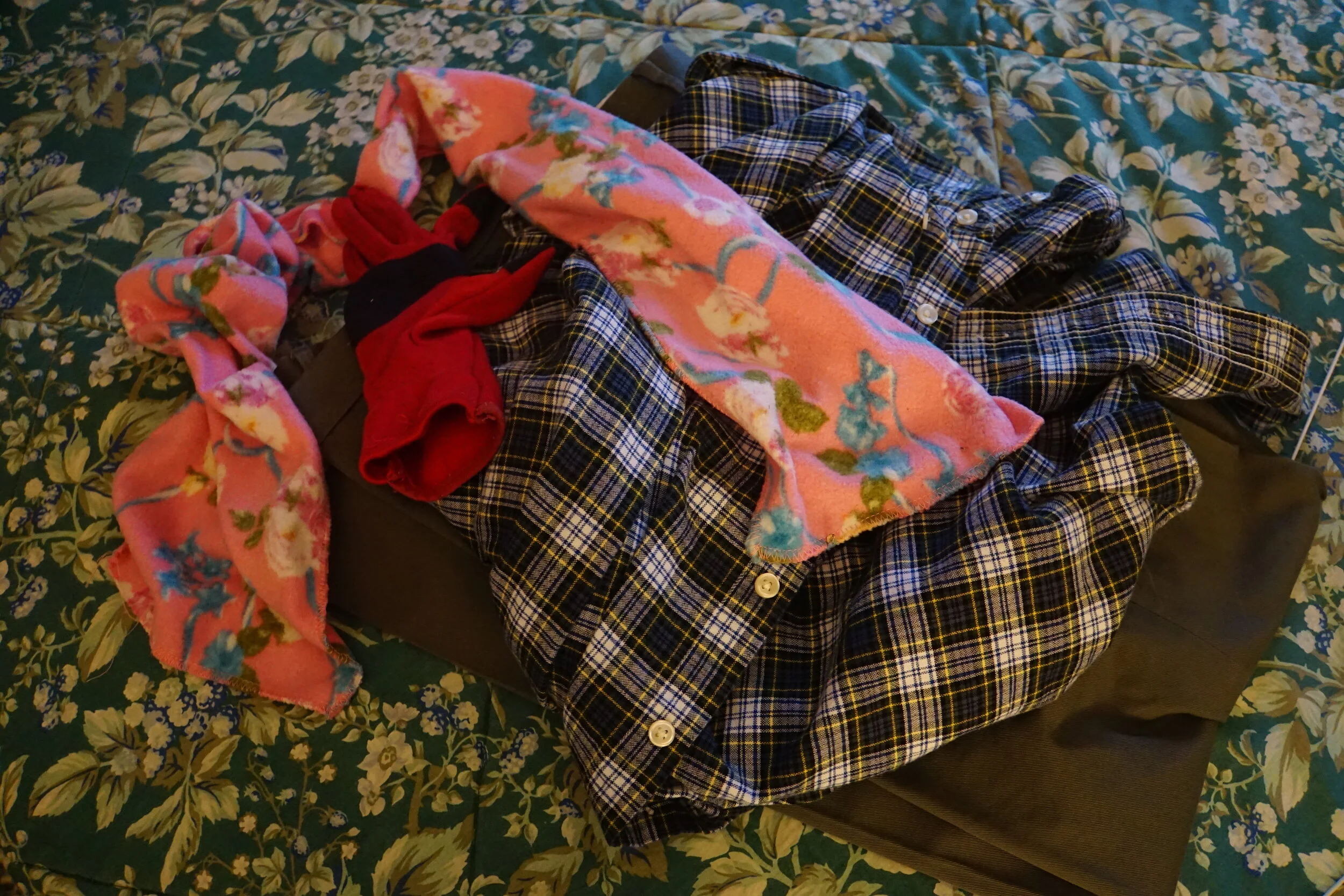Where Does It Go? Textiles Recycling
By George Stubbs
Is recycling worth the trouble? One of the reasons that people are increasingly asking this question (aside from the hysterical headlines about recycling’s demise) is that they don’t know what happens to materials that are collected curbside or through other programs. The gap in our knowledge leads to cynicism regarding the fate of recyclables. There’s a tendency to believe the worst--that recyclables are going to landfills, or incinerators, or just escaping into the environment through other means.
Textile recycling is a mature market with a strong collection infrastructure.
Certainly, the waste management market has faced difficulties with the domestic capacity for processing secondary materials (the waste industry’s term for “recyclables”). The effective closure of China’s market and other foreign markets for U.S.-sourced recyclables has forced U.S. waste companies to stockpile secondary materials at their facilities--an unsustainable situation that has led these companies, at times, to relieve the stress by turning to incineration or landfilling.
While we don’t have enough U.S.-based capacity for reprocessing secondary materials, we do have capacity, and new capacity is slowly but surely coming on line. As part of its effort to encourage the public to “stay the course” in recycling, Zero Waste Melrose is going to try to answer the question: “Where does it go?” We’re confident that we will find answers that can offer some hope.
We begin with some low-hanging fruit--textiles. Many Melrose residents are probably aware of the new “pink bag” program launched in our city in November 2019 (we’d like more people to become aware). Under this program, Ohio-based Simple Recycling is picking up discarded textiles, which homeowners are putting in pink bags (about the size of a regular trash bag) and leaving on the curb. The collection program is not limited to clothing; you can recycle other items, like shoes, pots and pans, utensils, and curtains--as long as they fit in the bags.
To residents of late 20th Century and early 21st Century suburban communities, a program like this one may seem novel and innovative. But textile recycling in one form or another has been around for a long time. Indeed, the “scrap dealers” who collected rags, scrap iron, and other “junk” began to emerge in the late 1800s, and these professionals were disproportionately constituted by immigrants, Jews, or African-Americans, some of whom managed to build companies of significant stature. (A worthwhile account of the racial and ethnic makeup of these industries, and what that meant to the nation, is presented in Clean and White: A History of Environmental Racism in the United States, by Carl Zimring.)
The bottom line is, the textile recycling market is mature, like the scrap metal market. And what that means to us is, there are places for recycled textiles to go.
During a February 2020 webinar on implementing municipal textile collection programs, the Massachusetts Department of Environmental Protection (MassDEP) provided a snapshot of the textile recycling landscape. MassDEP reported that about 45% of recovered textiles are sold as second-hand apparel, while about 30% are turned into industrial wiping cloths. Another 20% are converted into fiber-based products such as insulation, carpet padding, and sound-proofing materials.
The remaining 5% of discarded textiles are too wet or oiled to be of use, and are thrown in the trash. But while Zero Waste Melrose encourages you to keep such items out of the pink bag, Simple Recycling won’t penalize you if you do put something in that has to be ultimately tossed in the garbage; the company has adjusted its business model to account for this wayward 5% and will find the appropriate diversion for all items collected.
The upshot is, about 95% of discarded textiles can be reused or re-processed. And here’s more good news: We have more than 25 reuse or recycling operations in Massachusetts that can handle discarded textiles. That’s right--more than 25. Many more operations--thrift shops, etc.--are involved in the resale of second-handing clothing, while others “upcycle” textiles into new products such as quilts and bags. Clearly, we have lots of ways to keep textile products out of the environment and help conserve the resources that were used to make them in the first place.
Diverting textiles from landfills and incinerators can have a positive impact on our municipal budgets as well. Citizens and businesses in Massachusetts generate about 230,000 tons of discarded textiles per year, according to MassDEP. That amounts to about 5 to 6% of all municipal solid waste (MSW) disposed of in Massachusetts. Municipalities pay for MSW disposal by the ton, so when you realize that up to 95% of textiles can be recovered for other use, you can see that there’s a potential for substantial savings for municipalities if they do everything they can to divert textiles from the waste stream.
The new pink bag program offers a new option among several existing options. Schools have started up their own programs, working through organizations like Bay State Textiles, and most of us are familiar with organizations like the Salvation Army, Goodwill, and the American Red Cross. Of course, where charitable donation is involved, some of us want to donate only clothing that is still in tact, if no longer to our taste. Simple Recycling will accept those worn and torn items, for the fiber content.
Given the increasing turnover of clothing in our wardrobes, textile recycling is more important than ever. Studies show that 60% more clothing is now being purchased and is being kept half as long as it was 15 years ago. That’s a lot of activity flowing through the textile lifecycle. Fortunately, by recycling textiles, we can achieve a “win, win, win”--by reducing the weight and volume of our trash, by supporting local businesses, and by protecting the environment.
